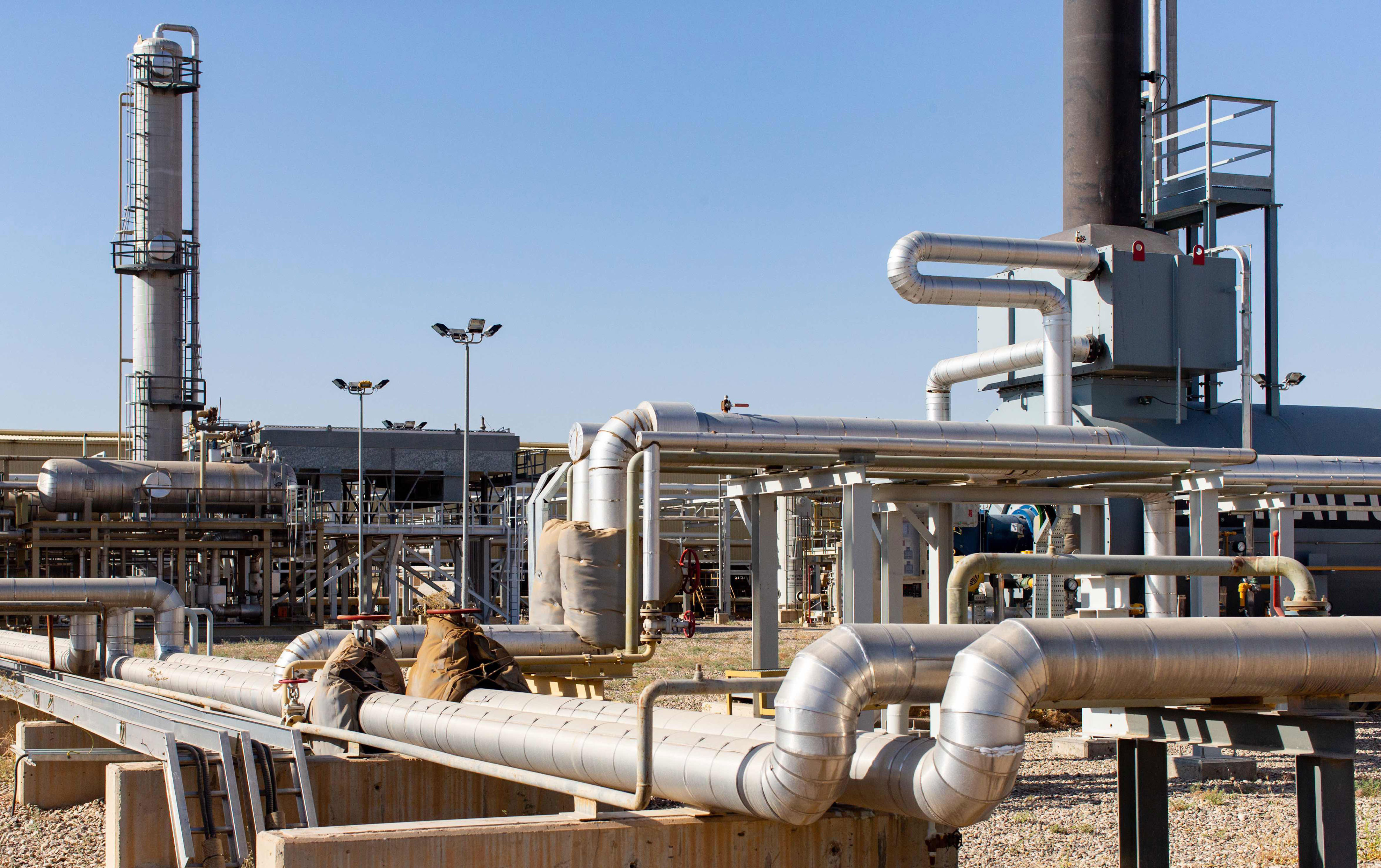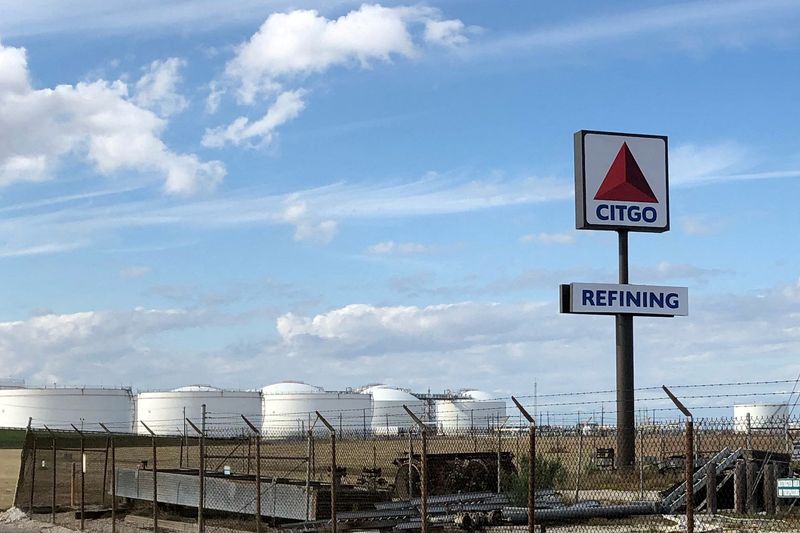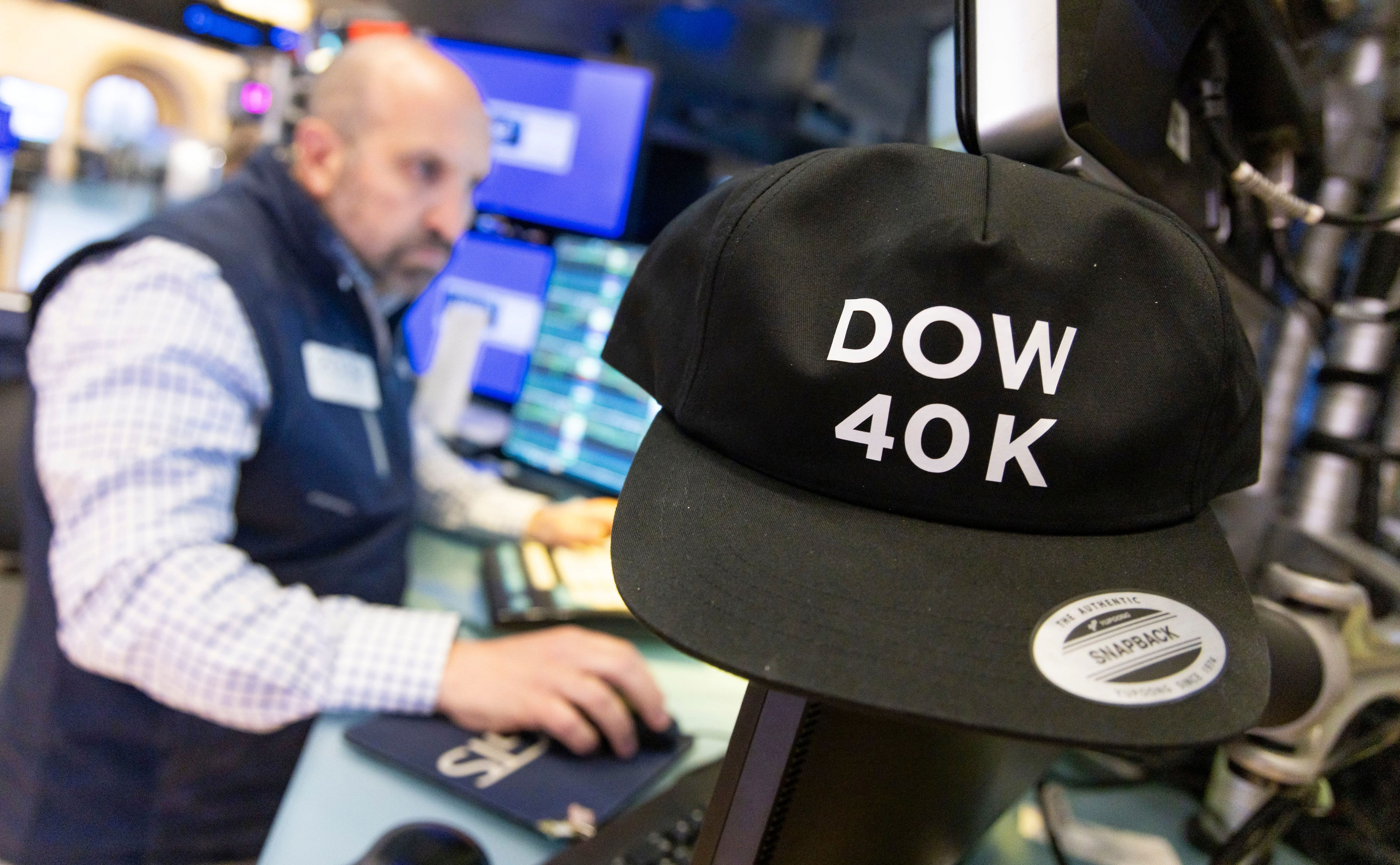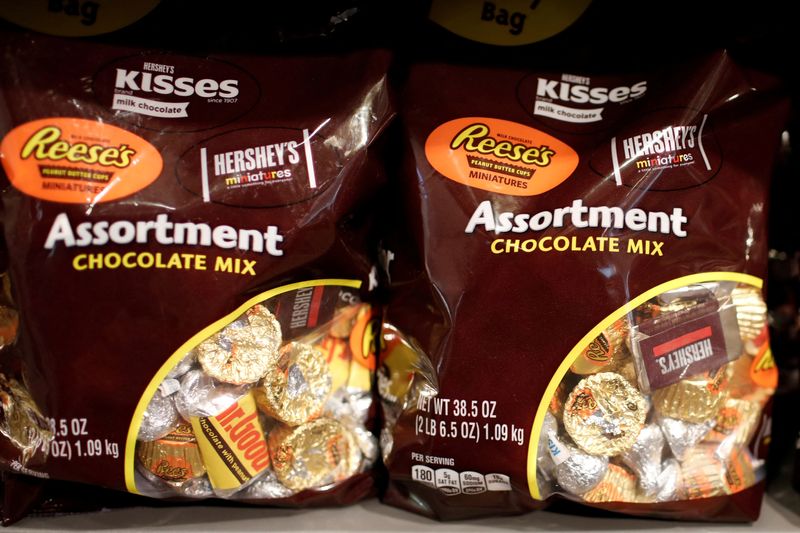
OIL POSTS WEEKLY LOSS AMID CONCERNS ABOUT FUEL DEMAND AND INTEREST RATES
Oil prices gave up gains on Friday and posted a weekly loss on fuel demand concerns and prospects of higher-for-longer interest rates.
Brent, the benchmark for two thirds of the world’s oil, shed 0.85 per cent to settle at $82.96 a barrel, while West Texas Intermediate, the gauge that tracks US crude, retreated 1.06 per cent to close at $78.11 a barrel.
Brent crude has fallen by about 8 per cent since reaching a six-month high of $91.17 a barrel in April, as the fallout from Iran’s attack on Israel has remained limited.
“The hostage talks and Gaza ceasefire negotiations have helped mitigate [geopolitical] risks which could have affected the Middle East, one of the most important oil supplying regions worldwide,” said Mohamed Hashad, chief market strategist at Noor Capital.
Meanwhile, Turkey has confirmed that it would halt all trade with Israel until the country improves the flow of aid into Gaza. Officials said the pause went into effect on Thursday.
Ankara decided to expand last month’s restriction on some Turkish exports to Israel due to the “worsening humanitarian tragedy in Palestine”, the Trade Ministry said.
About 40 per cent of Israel’s annual oil demand is supplied by crude transported via pipeline from Turkey’s Mediterranean oil port of Ceyhan.
In the Middle East, Dana Gas said that production from its Khor Mor plant in Iraq’s Kurdistan region had been restored to normal levels after a drone attack last week.
Daily production output capacity now exceeds 500 million standard cubic feet of gas, 1,100 metric tonnes of liquefied petroleum gas and 15,000 barrels of condensate, the UAE-based company said on Friday.
Signs of weakening crude demand have raised speculation that Opec+ will extend its voluntary output cuts of 2.2 million barrels per day when the alliance next meets in June.
The UAE, Opec’s third-largest producer, has increased its production capacity as part of a plan to reach 5 million bpd in output by 2027.
Adnoc can now pump 4.85 million barrels a day, up from 4.65 million bpd at the end of 2023, according to the company’s website.
Earlier this week, the US Federal Reserve kept interest rates unchanged after data indicated “lack of further progress” in the central bank's fight to restore price stability.
After the Fed's decision, the target range was kept steady between 5.25 per cent and 5.5 per cent.
Fed Chairman Jerome Powell said it would take longer for the regulator to be in a position to begin cutting interest rates because of recent inflation readings.
“With three back-to-back reports of inflation coming back higher than expected, it was prudent for chair Powell to address that. And he did. However, as some feared, he did not put rate hikes on the table,” said Charu Chanana, head of FX strategy at Saxo Bank.
A surge in US crude stocks also weighed on oil futures this week.
US crude inventories, an indicator of fuel demand, expanded by 7.3 million barrels to 461 million barrels in the week that ended on April 26, reaching the highest levels since June 2023, according to the US Energy Information Administration.
However, analysts polled by Reuters were expecting a decrease of 1.1 million barrels.
2024-05-03T07:31:49Z dg43tfdfdgfd










